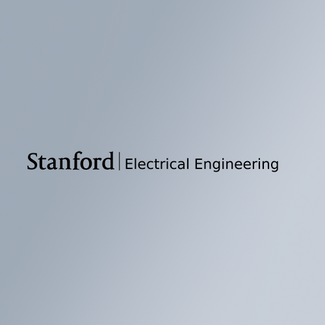
Imaging the brain at high spatiotemporal resolution
Spilker 232
ABSTRACT: Neuroscience aims to understand the brain, an organ that distinguishes humans as a species, defines us as individuals, and provides the intellectual power with which we explore the universe. Composed of electrically excitable cells called neurons, the brain continuously receives and analyzes information, makes decisions, and controls actions. The fundamental computational units of the brain, neurons communicate with one another electrochemically via submicron structures called synapses. Synapsing onto one another, neurons form circuits and networks, sometimes spanning centimeters in dimension and specializing in different mental functions. To understand the brain mechanistically, we need methods that can monitor the physiological processes of single synapses as well as the activities of a large number of networked neurons. Using concepts developed in astronomy, optics, and machine learning, my laboratory develops microscopy methods for imaging the brain at higher resolution, greater depth, and faster time scales. In this talk, I will outline our past and ongoing research efforts, including in vivo population imaging of voltage activity from hundreds of neurons.
Bio: Na Ji studied chemistry and physics as an undergraduate in the University of Science and Technology of China and later a graduate student at University of California Berkeley. She received her PhD in Chemistry in 2005 under the guidance of Yuen-Ron Shen. In 2006, she moved to Janelia Research Campus, Howard Hughes Medical Institute, and worked with Eric Betzig on improving the speed and resolution of in vivo brain imaging. She became a group leader in Janelia in 2011. In 2017, she moved to the University of California, Berkeley as the Luis Alvarez Memorial Chair in Experimental Physics and is now a Professor in Department of Physics and Department of Neuroscience. She is also affiliated with the Bioengineering, Biophysics, and Vision Science Graduate Programs, Helen Wills Neuroscience Institute, and serves as a faculty scientist at the Lawrence Berkeley National Laboratory. In addition to imaging technology development, her lab applies the resulting techniques to outstanding problems in neurobiology.
This seminar is sponsored by the Department of Applied Physics and the Ginzton Laboratory